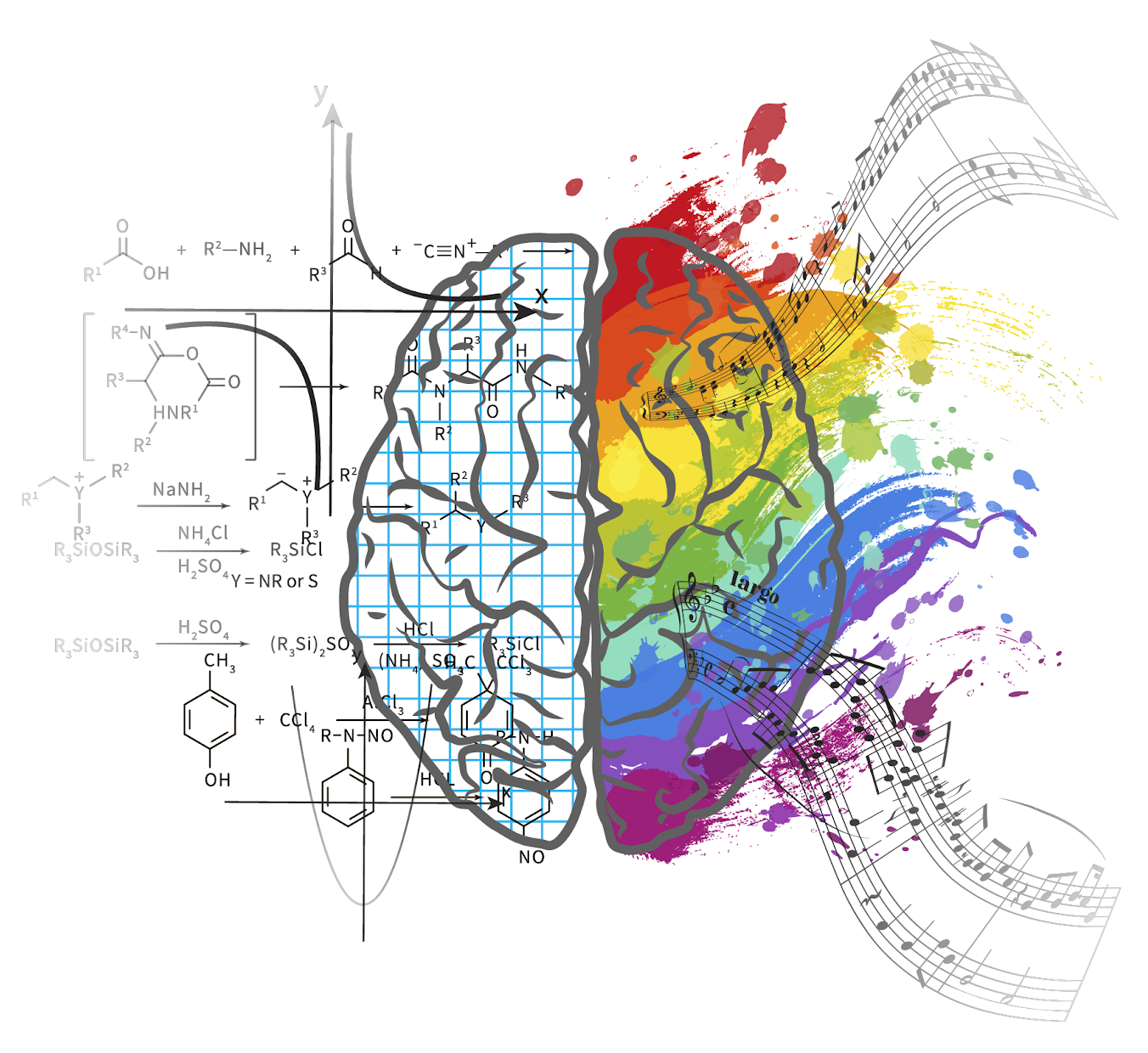Application: Try this idea in a learning session. Ask a group of learners/workers to identify and solve a problem. Once the list is created, ask them to separate the solutions that are driven by reason and logic from solutions that are driven by emotions or feelings.
Ask them to explain how each side of the list influences or impact in resolving the issues.

For many years, scientists have deemed emotions as too subjective, too inaccurately defined. But in recent decades, a revolution in the science of emotion has repeatedly been the topic among experts and researchers. Several studies supported the link of emotion to action, therefore, emotions began to gain more attention and recognition from scholars and scientists.
In the Workflow Learning (WFL) Diagnostic Process, we are using both reasoning and emotions in our program flow as follows: 1] work; 2] experience; and 3] thinking. During the diagnostic process, the worker also goes through four steps: 1] diagnose & examine; 2] fix, solve, improve; 3] apply, answer solutions; 4] and see if the answers’ solutions work.
As implied in the practical and functional use of WFL, one needs to reason out why things work and do work. But he/she also needs to know how one feels about what works and what does not work, and the purpose around which makes sense to things.
Therefore, when work matters in one’s experience, one needs to think through these issues in the workplace in an integrative way.
In the article “Neuroscience has much to learn from Hume’s philosophy of emotion”, Philosophy and Literature professor Richard C. Sha further suggests the need for a second human revolution for a blending of neuroscience, as well as mixing Hume’s philosophy of passion or emotions to bring wholeness or connectedness in human development.
For Sha, there is a need to understand reason, emotion, actions and behavior in wholeness rather than in parts by itself. Sha also explained that when work is done in an integrated way, both logic and reason are in play.
“We have an over reliance in reason. But it is in emotions that we act. Reason slows things down. Emotions facilitate thinking.”
Richard C. Sha, Neuroscience has much to learn from Hume’s philosophy of emotion
What then would make or break one’s thinking through processes on issues at work and how workers can be helped to succeed in learning to get results?
References:
Richard C. Sha (2020) Neuroscience has much to learn from Hume’s philosophy of emotions
Tip #41 – How to Weave Hard Facts and Emotions into your eLearning Lessons
Tip #142 – Why a Reflection Pause is Critical to Performance
Making Facts Stick With Stories
Ray Jimenez, PhD
Vignettes Learning
“Helping Learners Learn Their Way”

